Code
HCS17652
Weight
500 gm / 1.1 lbs
Size
Height
10cm (4") Width
7cm (3") Depth
5cm (2") Material
Copper
Availability
Available
Date Added
2019-10-29 07:37:47
Note : We used to sell this product 6 years ago so it may no longer be in our stock.
It is possible that we still have it with our suppliers but the price could be different from before.
Feel free to order. We will verify availability and inform you promptly.
It is possible that we still have it with our suppliers but the price could be different from before.
Feel free to order. We will verify availability and inform you promptly.

Safe Payment
We accept Paypal, Money Transfer, Bank Transfer
Confidence
Protection covers your purchase and personal data.
Worldwide Delivery
We ship Worldwide, except Russia.Shipping cost US$25.2 for upto 0.5 kgs

Hotline
Talk to help line for your question on 9841267335Ceramic Molding System
The Tibetan Statue Of Durga, [antique Finishing] has been crafted using the Ceramic mold casting process, a modern approach that provides an alternative to traditional methods such as the lost-wax system or rubber molding. Also referred to as ceramic molding, this technique involves the creation of a ceramic mold to cast the statue. The process begins by making a precise and detailed wax model of the desired sculpture. The wax model is then coated with layers of ceramic material, creating a sturdy mold. Once the mold is complete, it is fired in a kiln, causing the wax to melt and escape, leaving behind a cavity that perfectly replicates the original sculpture. Molten metal is then poured into the mold, allowing it to fill the cavity and take on the desired form. Once cooled and solidified, the ceramic mold is carefully broken away, revealing the final metal statue. Read More . . .
The Tibetan Statue Of Durga, [antique Finishing] has been crafted using the Ceramic mold casting process, a modern approach that provides an alternative to traditional methods such as the lost-wax system or rubber molding. Also referred to as ceramic molding, this technique involves the creation of a ceramic mold to cast the statue. The process begins by making a precise and detailed wax model of the desired sculpture. The wax model is then coated with layers of ceramic material, creating a sturdy mold. Once the mold is complete, it is fired in a kiln, causing the wax to melt and escape, leaving behind a cavity that perfectly replicates the original sculpture. Molten metal is then poured into the mold, allowing it to fill the cavity and take on the desired form. Once cooled and solidified, the ceramic mold is carefully broken away, revealing the final metal statue. Read More . . .
Brief Introduction :
Durga is known as the Aadi Shakti (the original power). An embodiment of creative feminine force (Shakti), Durga exists in a state of svātantrya (independence from the universe and anything/anybody else, i.e., self-sufficiency) and fierce compassion.Durga manifests fearlessness and patience.
Iconography :In Hinduism, Durga meaning ("the inaccessible"or "the invincible") or Maa Durga one who can redeem in situations of utmost distress" is a form of Devi, the supremely radiant goddess, depicted as having eighteen arms, riding a lion or a tiger, carrying weapons and a lotus flower, maintaining a meditative smile, and practicing mudras, or symbolic hand gestures.[citation needed] The name is made of Sanskrit dur "with difficulty" and gā ("come", "go").
History :Durga was created as a warrior goddess to fight an asura (an inhuman force/demon) named Mahishasura. He had unleashed a reign of terror on earth, heaven and the nether worlds, and he could not be defeated by any man or god, anywhere. The gods went to Brahma, who had given Mahishasura the power not to be defeated by a man. Brahma could do nothing. They made Brahma their leader and went to Vaikuntha, the place where Vishnu lay on Ananta Naag. They found both Vishnu and Shiva, and Brahma eloquently related the reign of terror Mahishasur had unleashed on the three worlds. Hearing this Vishnu, Shiva and all of the gods became very angry and beams of fierce light emerged from their bodies. The blinding sea of light met at the Ashram of a priest named Katyayan and Durga emerged from this pool of light. The goddess Durga took the name Katyaayani from the priest and emerged from the sea of light. She introduced herself in the language of the Rig-Veda, saying she was the form of the supreme Brahman who had created all the gods. Now she had come to fight the demon to save the gods. They did not create her; it was her lila that she emerged from their combined energy. The gods were blessed with her compassion.
It is said that upon initially encountering Durga, Mahishasura underestimated her, thinking: "How can a woman kill me, Mahishasur-the one who has defeated the trinity of gods?". However, Durga roared with laughter, which caused an earthquake which made Mahishasur aware of her powers.
And the terrible Mahishasura rampaged against her, changing forms many times. First he was a buffalo demon, and she defeated him with her sword. Then he changed forms and became an elephant that tied up the goddess's lion and began to pull it towards him. The goddess cut off his trunk with her sword. The demon Mahishasur continued his terrorizing, taking the form of a lion, and then the form of a man, but both of them were gracefully slain by Durga.
Then Mahishasur began attacking once more, starting to take the form of a buffalo again. The patient goddess became very angry, and proclaimed to Mahishasur in a colorful tone-"Roar with delight while you still can, illiterate demon, because when I will kill you, the gods themselves will roar with delight". When Mahishasur had half emerged into his buffalo form, he was paralyzed by the extreme light emitting from the goddess's body. The goddess then resounded with laughter before cutting Mahishasur's head down with her sword.
Thus Durga sley Mahishasur, thus is the power of the fierce compassion of Durga. Hence, Mata Durga is also known as Mahishasurmardhini-the slayer of Mahishasur. According to one legend, the goddess Durga created an army to fight against the forces of the demonm king Mahishasur, who was terrorizing Heaven and Earth. After ten days of fighting, Durga and her army defeated Mahishasur and killed him. As a reward for their service, Durga bestowed upon her army the knowledge of jewelry-making. Ever since, the Sonara community has been involved in the jewelry profession.
It is said that upon initially encountering Durga, Mahishasura underestimated her, thinking: "How can a woman kill me, Mahishasur-the one who has defeated the trinity of gods?". However, Durga roared with laughter, which caused an earthquake which made Mahishasur aware of her powers.
And the terrible Mahishasura rampaged against her, changing forms many times. First he was a buffalo demon, and she defeated him with her sword. Then he changed forms and became an elephant that tied up the goddess's lion and began to pull it towards him. The goddess cut off his trunk with her sword. The demon Mahishasur continued his terrorizing, taking the form of a lion, and then the form of a man, but both of them were gracefully slain by Durga.
Then Mahishasur began attacking once more, starting to take the form of a buffalo again. The patient goddess became very angry, and proclaimed to Mahishasur in a colorful tone-"Roar with delight while you still can, illiterate demon, because when I will kill you, the gods themselves will roar with delight". When Mahishasur had half emerged into his buffalo form, he was paralyzed by the extreme light emitting from the goddess's body. The goddess then resounded with laughter before cutting Mahishasur's head down with her sword.
Thus Durga sley Mahishasur, thus is the power of the fierce compassion of Durga. Hence, Mata Durga is also known as Mahishasurmardhini-the slayer of Mahishasur. According to one legend, the goddess Durga created an army to fight against the forces of the demonm king Mahishasur, who was terrorizing Heaven and Earth. After ten days of fighting, Durga and her army defeated Mahishasur and killed him. As a reward for their service, Durga bestowed upon her army the knowledge of jewelry-making. Ever since, the Sonara community has been involved in the jewelry profession.


![Tibetan Statue Of Durga, [antique Finishing]](https://handicraftseller.com/uploads/pics/product/thumb/2019/10/17652.jpg)
![Tibetan Statue Of Durga, [antique Finishing]](https://handicraftseller.com/uploads/pics/product/thumb/2019/10/17652_0.jpg)
![Tibetan Statue Of Durga, [antique Finishing]](https://handicraftseller.com/uploads/pics/product/thumb/2019/10/17652_1.jpg)
![Tibetan Statue Of Durga, [antique Finishing]](https://handicraftseller.com/uploads/pics/product/thumb/2019/10/17652_2.jpg)

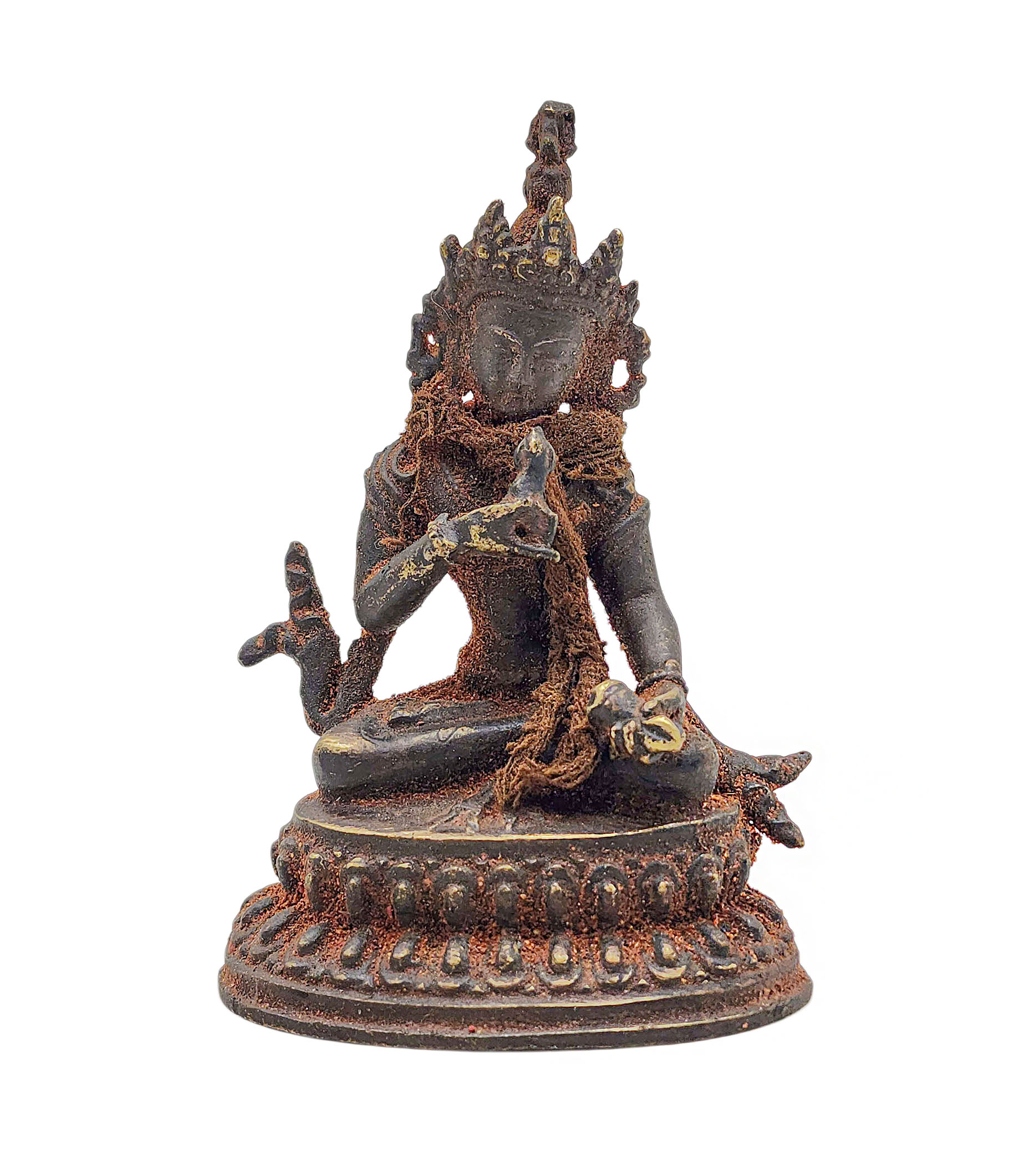 Vajrasattva, Buddhist Miniature Statue,
Vajrasattva, Buddhist Miniature Statue, 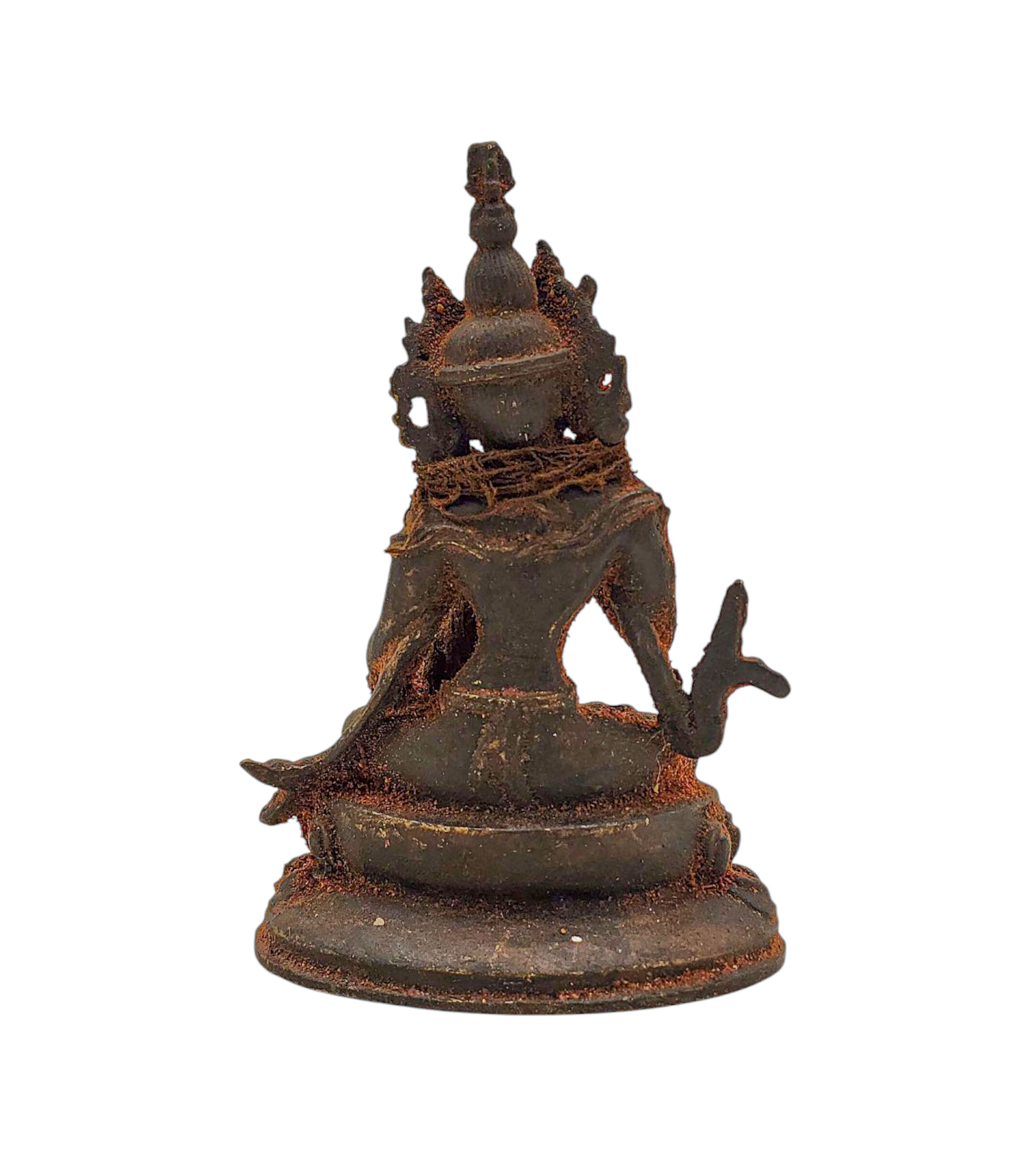 Vajrasattva, Buddhist Miniature Statue,
Vajrasattva, Buddhist Miniature Statue,  Chenrezig, Buddhist Miniature Statue,
Chenrezig, Buddhist Miniature Statue, 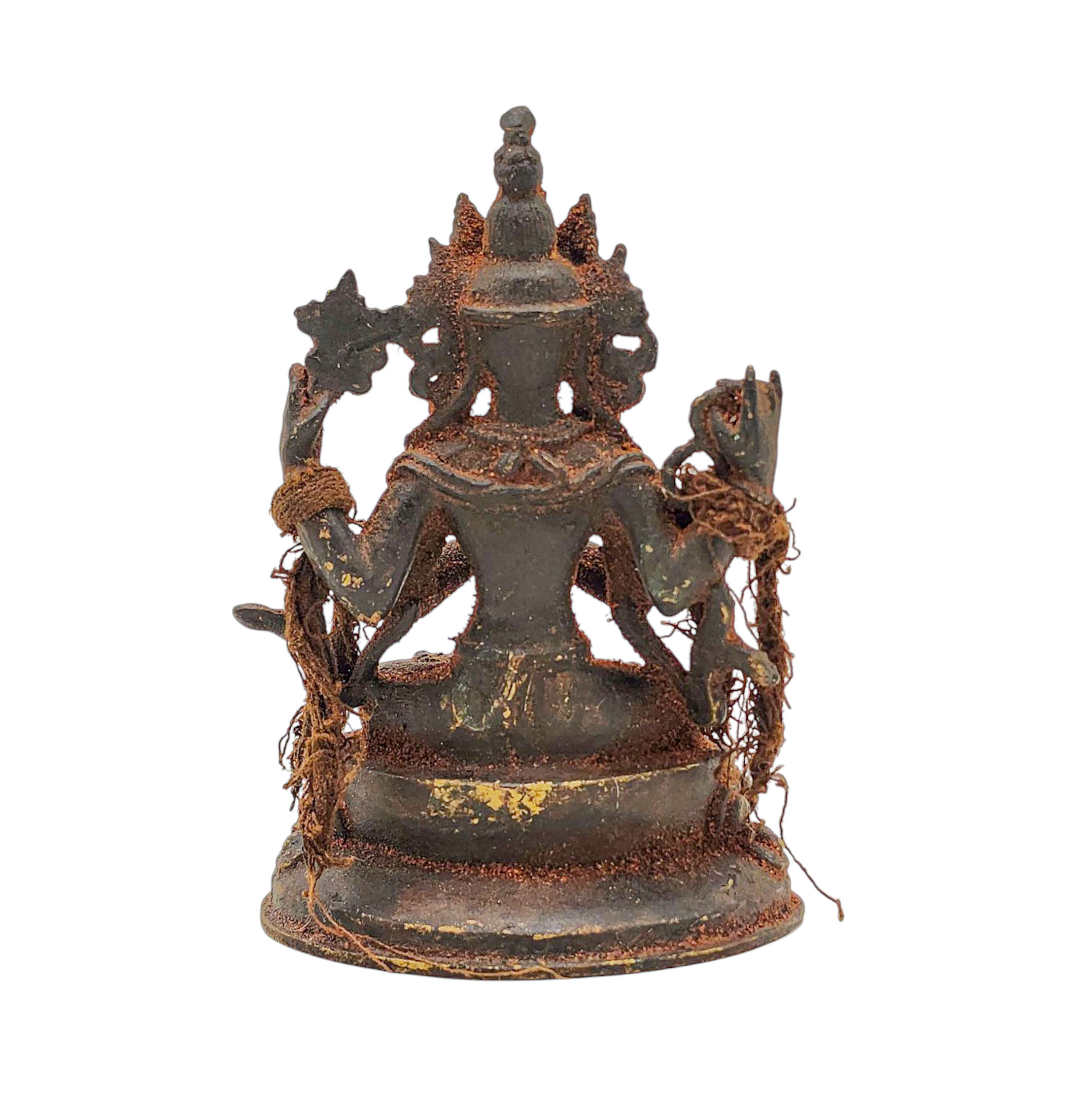 Chenrezig, Buddhist Miniature Statue,
Chenrezig, Buddhist Miniature Statue,  Bhadrakali, Buddhist Statue,
Bhadrakali, Buddhist Statue, 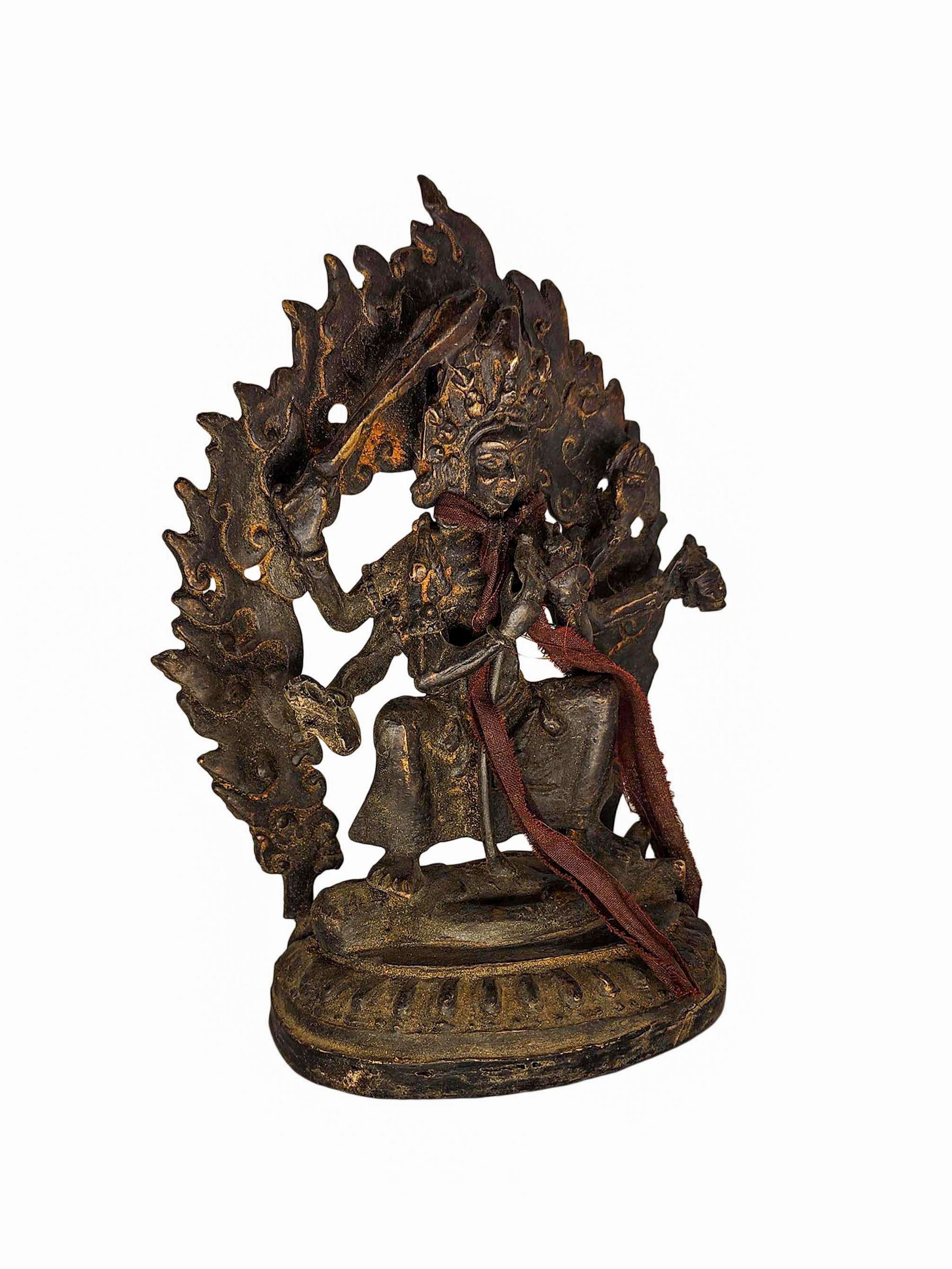 Bhadrakali, Buddhist Statue,
Bhadrakali, Buddhist Statue,  Yellow Jambhala, Buddhist Statue,
Yellow Jambhala, Buddhist Statue,  Yellow Jambhala, Buddhist Statue,
Yellow Jambhala, Buddhist Statue,  of Simhamukha Yogini,
of Simhamukha Yogini, 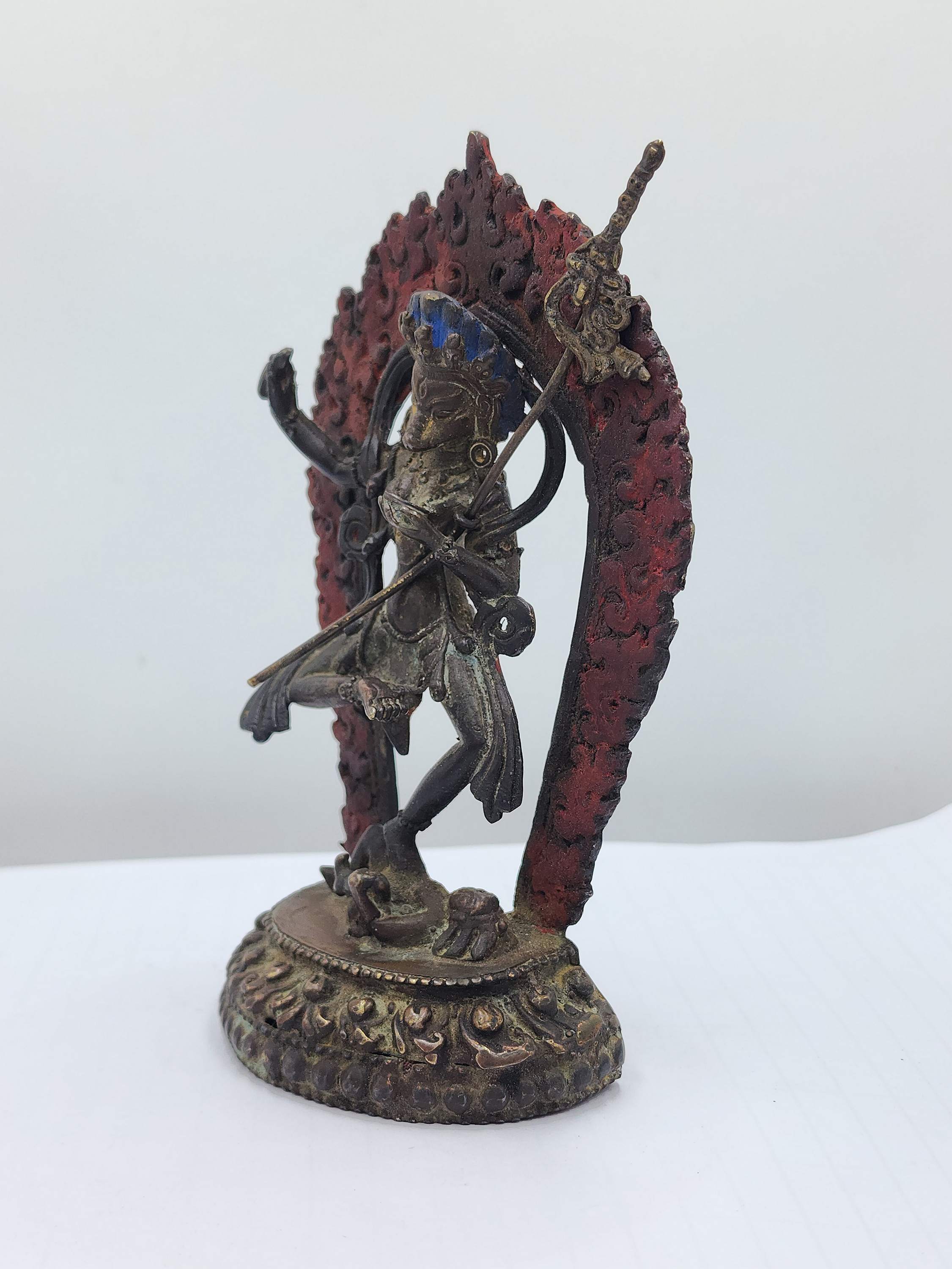 of Simhamukha Yogini,
of Simhamukha Yogini,  White Tara, Buddhist Statue,
White Tara, Buddhist Statue,  White Tara, Buddhist Statue,
White Tara, Buddhist Statue, 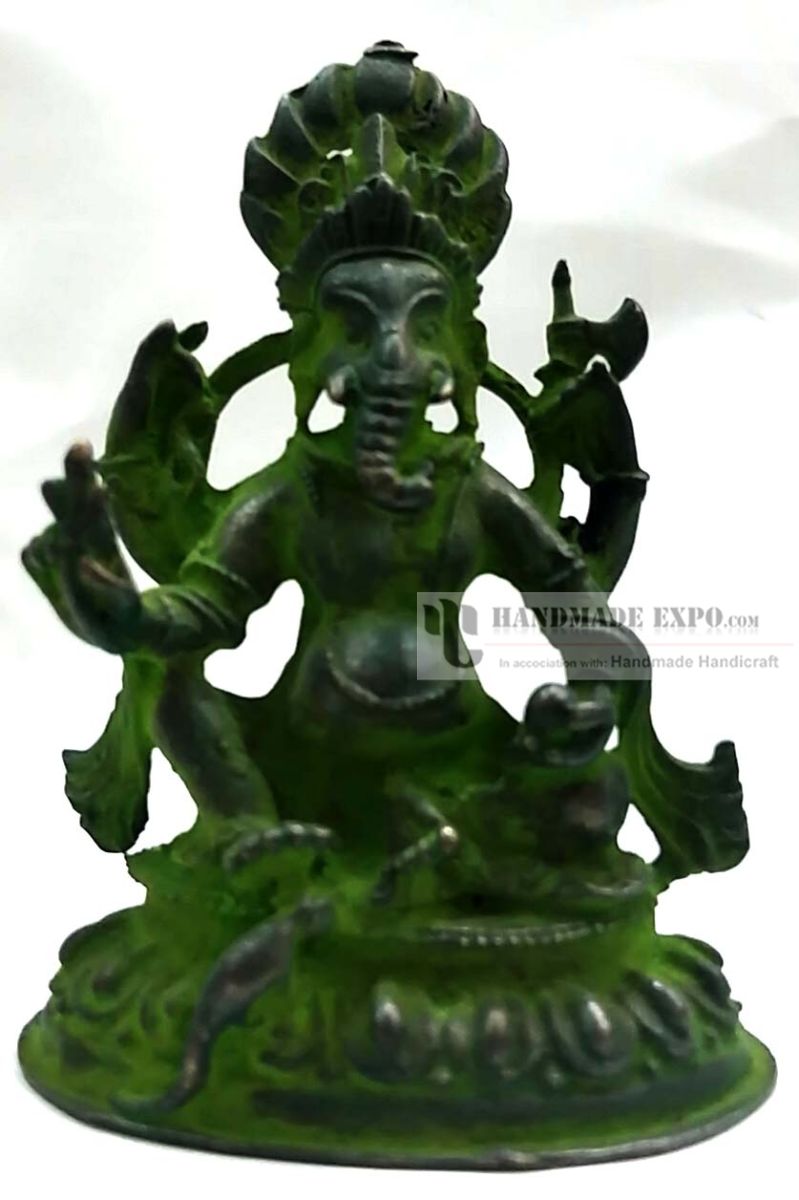
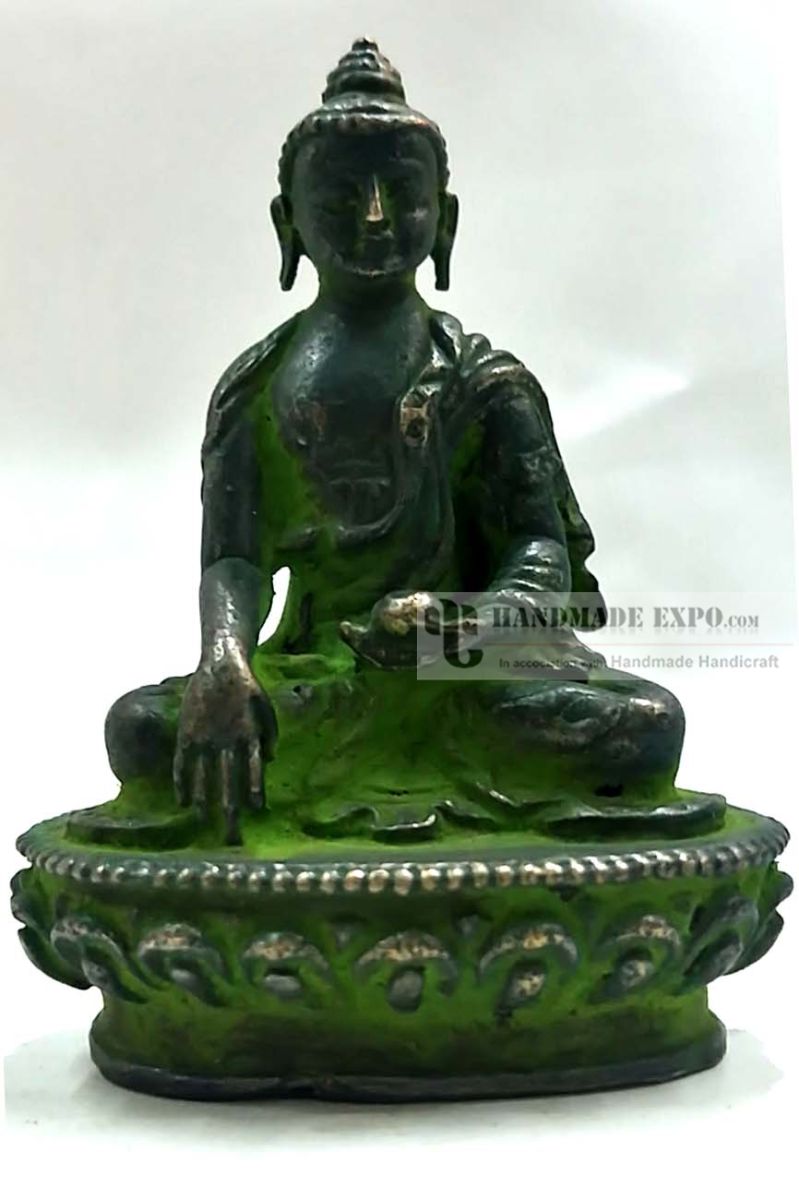
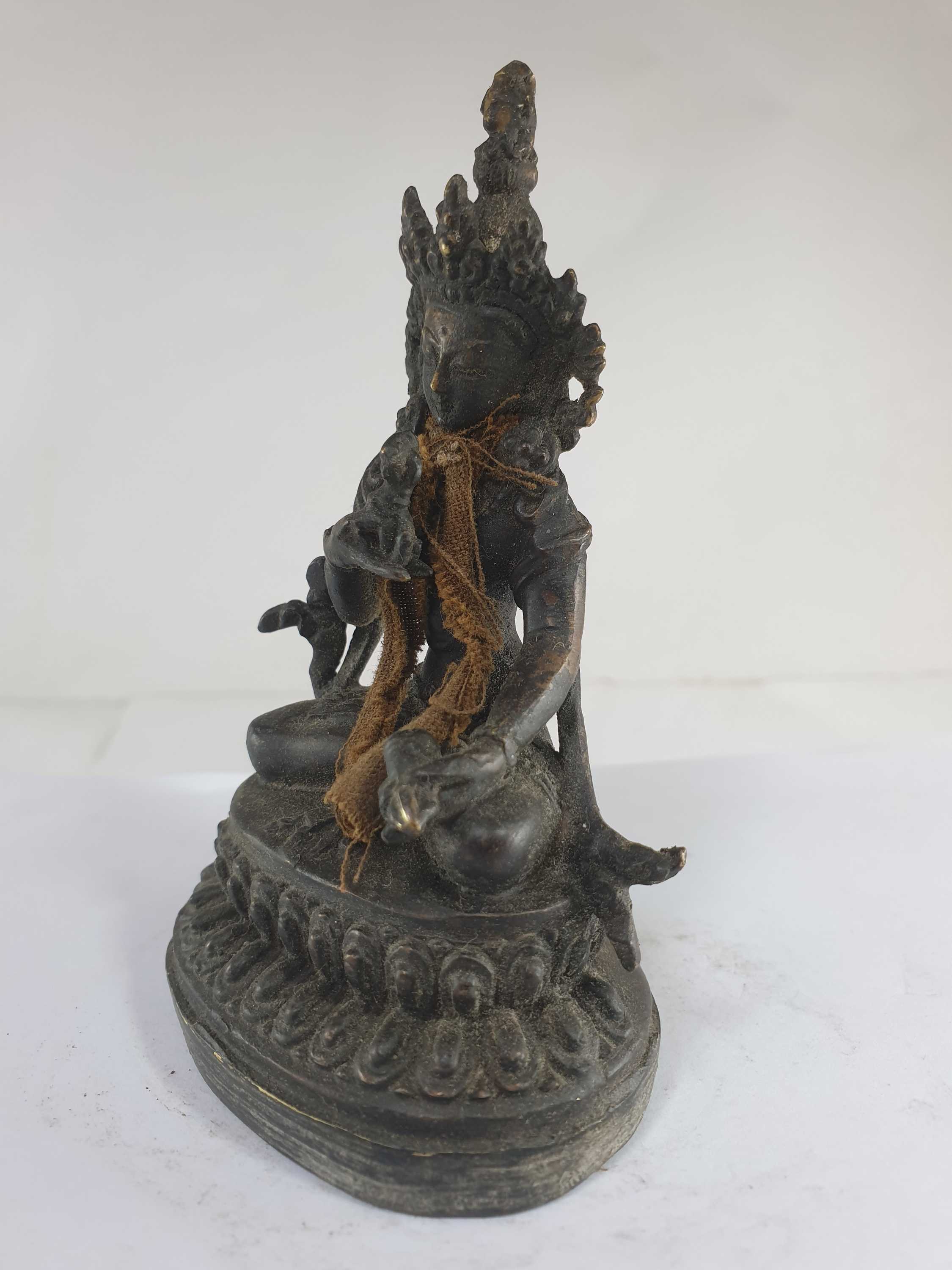 of Vajrasattva,
of Vajrasattva, 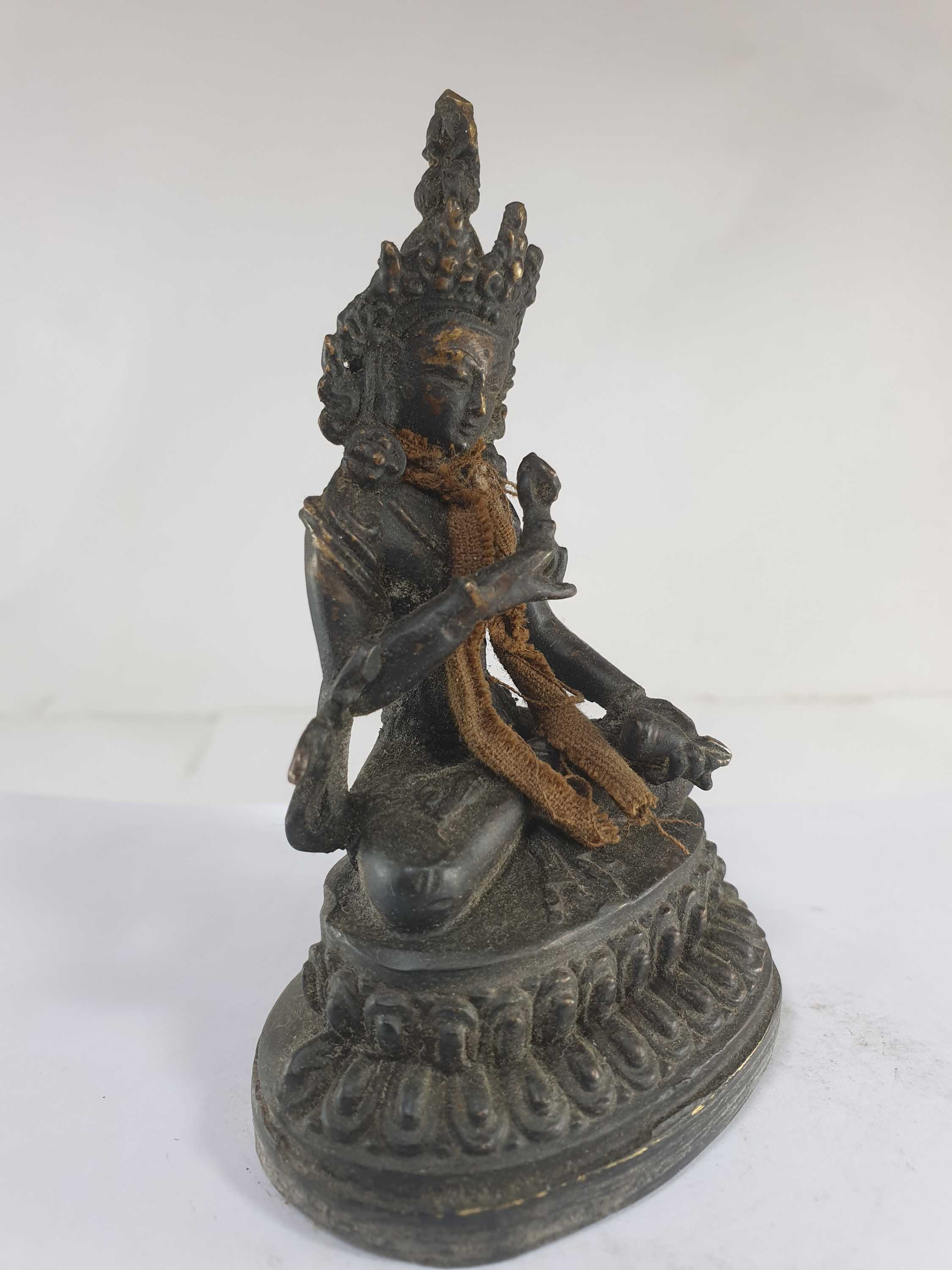 of Vajrasattva,
of Vajrasattva, 
